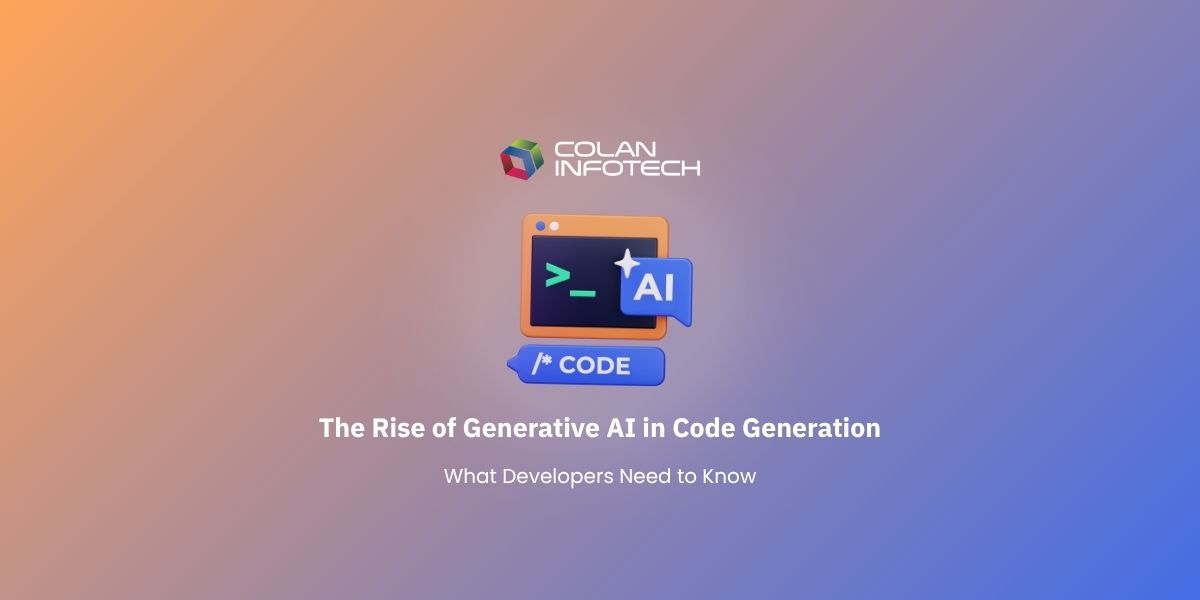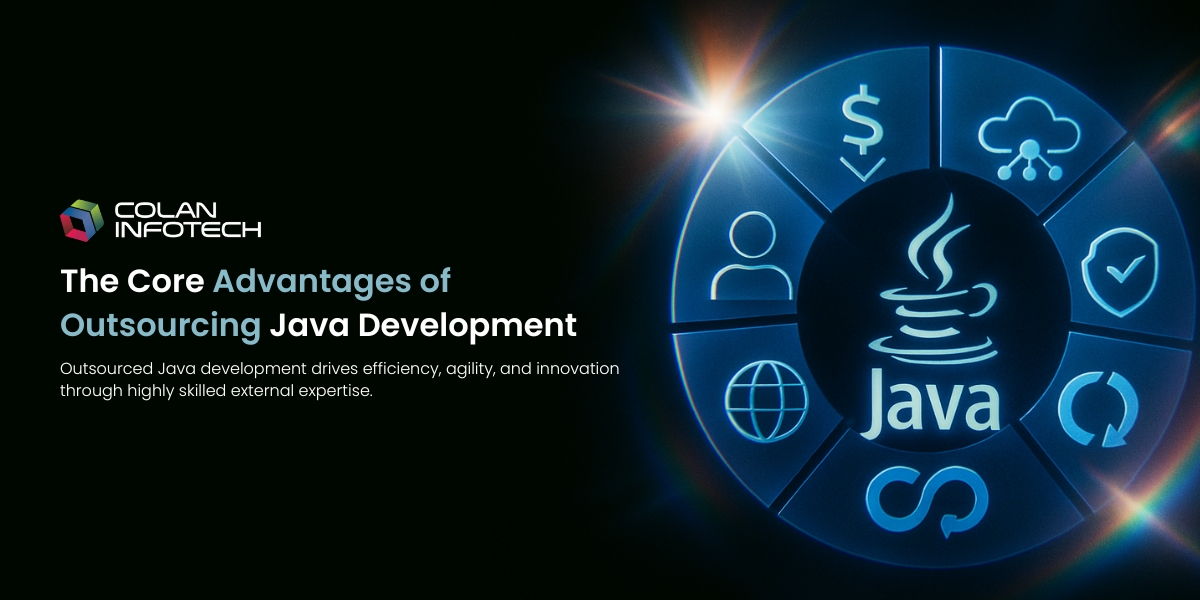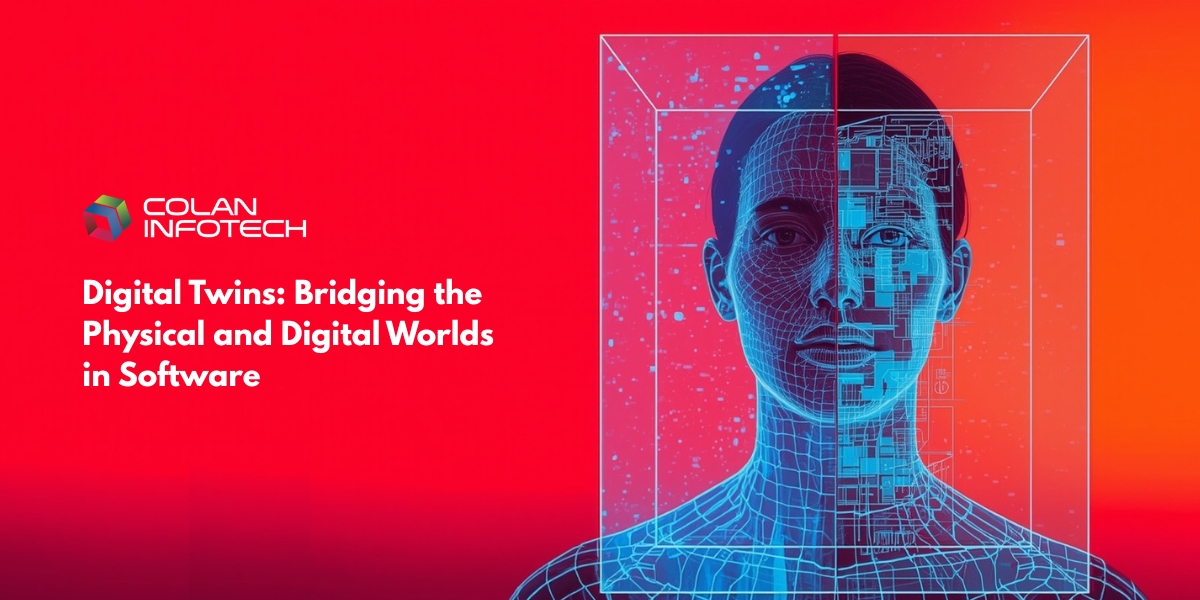The Rise of Generative AI in Code Generation: What Developers Need to Know

4 min read | By Admin | 01 August 2025 |
The global generative AI in coding market was valued at USD 19.13 million in 2022 and is projected to grow at a CAGR of 25.2% through 2030.
Source: Grandviewresearch
How is coding being revolutionized by AI? As AI technology continues to advance at an increasingly faster pace, such challenges are top of development discourse. Generative AI is not a future concept anymore; it already impacts code generation, review, and deployment in various industries. This blog examines the emergence of generative AI in code generation, driving technologies, and important insights developers should be aware of.
What is Generative AI Code Generation?
Generative AI code generation is the process by which artificial intelligence models are utilized to automatically write, suggest, or fill in programming code from natural language inputs or incomplete code snippets. Rather than hand-coding each line, programmers can now explain functionality in regular language and allow AI to produce the resulting code.
These models are trained on datasets composed of various AI programming languages, libraries, and documentation. They can interpret context, follow logic, and sometimes suggest alternatives. Developer tools such as GitHub Copilot, Amazon CodeWhisperer, and ChatGPT demonstrate the application of generative AI, low-code AI, and no-code AI to support tasks ranging from writing code to generating advanced algorithms-with the end goal of enabling developers to improve their productivity levels and focus on problem-solving rather than syntax.
Generative AI Code Tools and Their Use Cases
Generative AI code completion tools are transforming how developers write, review, and optimize code. These applications utilize machine learning programs, in this case, large language models, to learn programming styles and suggest or even fill in pieces of code.
Tools:
GitHub Copilot:
Automatically completes code, debugs, and creates functions in real time.
Amazon CodeWhisperer:
Designed for AWS development, it creates cloud-specific code snippets and infrastructure as code.
Tabnine:
Provides AI-driven development code suggestions based on the style and project history.
CodeGeeX:
Supports a range of AI coding languages and is most appropriate for automated code generation.
Use Cases:
Bug Detection and Fixes:
Suggests real-time solutions and code improvements.
Learning & Onboarding:
Supports developers with instant, context-specific code examples and explanations.
Documentation Generation:
Produces good comments and documentation from code context.
Code Translation:
Converts code from one programming language to another to migrate to a different platform or integrate platforms.

Developer Best Practices with Generative AI
Generative AI makes developers code more quickly, yet they wisely use it to achieve good results. Here are some best practices to follow:
Using Clear Prompts
The quality of the prompt determines the quality of the output. Add context, clearly define the task, and state the desired format.
Integration with AI Speed
Generative AI can be applied to boilerplate code, syntactic advice, and mundane work. AI for developers works best with human experience for architecture and decision-making.
Deploy AI in the Workflow
Whether using AI coding assistants like GitHub Copilot or IDE add-ons, ensure to organically incorporate AI tools and software automation into the development process to gain full AI productivity.
Testing
Ensure AI-generated code is unit test passing, integrates well with other modules, and meets the project’s performance and security criteria.
Updated with Tool Capabilities
Generative AI products change quickly. Keep up with new features, revisions, and ethical concerns to use them safely and effectively.
Generative AI: Challenges and Limitations
Generative AI offers solid coding capabilities but comes with some challenges and limitations for developers.
92% of Fortune 500 firms have adopted generative AI
Source: Invideo
1. Accuracy
Automatically generated code by AI may be syntactically correct but logically incorrect. Lacking validation, such subtle errors can result in bugs, security bugs, or performance issues that are difficult to identify.
2. Security Risks
Models taught on publicly available code repositories can inadvertently reproduce insecure coding practices or introduce security flaws. Developers will be required to review all AI outputs as part of intelligent development, with a focus on security best practices.
3. Lack of Context Awareness
Generative AI tools typically execute without complete business logic, project-specific needs, or overall design insight. Hence, code suggestions by them can be not as per the desired design.
4. Code Bloat and Inefficiency
The lack of human touch introduces too much complexity into AI-generated code. It becomes harder to read, harder to understand, and even has a performance cost.
5. Ethical and Licensing Issues
AI code can be built based on open-source training data, creating intellectual property and licensing issues. Developers do have a responsibility to conform, and proper credit must be established wherever it is needed.
How Will AI Change Programming in the Future?
AI transforms coding by enabling programmers to shift from coding canons to typing natural language commands. This makes rendering in the future of coding more natural and usable indeed for individuals with minimum specialized chops. AI will simplify debugging, automate testing, and give suggestions through literacy from design data in Software engineering trends. The collaborators, AI technologies will help inventors in speeding up processes and adding productivity to the whole AI in the software development process, ranging from planning to deployment and maintenance.
To Sum Up
Generative AI is revolutionizing the way developers create and maintain code, accelerating the process to be faster, smarter, and more accessible. With tools like GitHub Copilot and CodeWhisperer, inventors can automate routine tasks and concentrate on problem-solving.
To get the most out of these tools, it’s essential to follow best practices, reduce unnecessary effort, and stay informed about evolving capabilities. When used thoughtfully, generative AI can significantly boost productivity across the entire development cycle.
The latest from our editors
Join over 150,000+ subscribers who get our best digital insights, strategies and tips delivered straight to their inbox.


